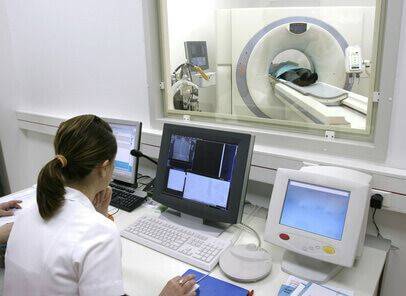Percutaneous coronary intervention in patients with acute myocardial infarction (AMI) where the physiopathological mechanism is plaque erosion or non-atherosclerotic mechanisms (such as spontaneous coronary artery dissection) is not beneficial according to recent studies.

The EROSION study (Effective Anti-Thrombotic Therapy Without Stenting: Intravascular Optical Coherence Tomography–Based Management in Plaque Erosion) has shown medical treatment with no stenting might be an option to treat plaque erosion driven AMI. To assess the etiological differences generated by a coronary event using optical coherence tomography (OCT) is ideal.
The aim of this multicenter, prospective, randomized study in STEMI patients followed up at one year, was to examine whether OCT guided revascularization is associated with lower stenting rate vs. conventional angiography guided revascularization.
Primary effectiveness end point was stent implantation rate in both groups. Safety end point was incidence of the composite of cardiovascular death, repeat MI, target vessel revascularization and unstable angina. Secondary end point included the incidence of cerebro and cardiovascular events at 1 year.
226 patients were included, 112 in the OCT group and 114 in the angiography group. Mean age was 55, mostly were men. Culprit lesion was most frequently located in the anterior descending (49%) and right coronary arteries (40%).
Read also: RESTORE | Using Rivaroxaban to Prevent Radial Artery Occlusion After an Intervention.
Total stent implantation rate was 51%, OCT presenting the lowest rate compared against the angiography group (43.8% vs 58.8%; P = 0.024). there were no significant differences in secondary end point.
Conclusion
In STEMI patients with early infarct artery patency with no significative stenosis compared against the angiography guided group, OCT reduced stent implantation rate. Further study is required to determine the clinical benefits of OCT guided reperfusion.

Dr. Andrés Rodríguez
Member of the Editorial Board in SOLACI.org .
Original Title: EROSION III A Multicenter RCT of OCT-Guided Reperfusion in STEMI With Early Infarct Artery Patency.
Reference: Haibo Jia, MD, PHD et al. J Am Coll Cardiol Intv 2022.
Subscribe to our weekly newsletter
Get the latest scientific articles on interventional cardiology





